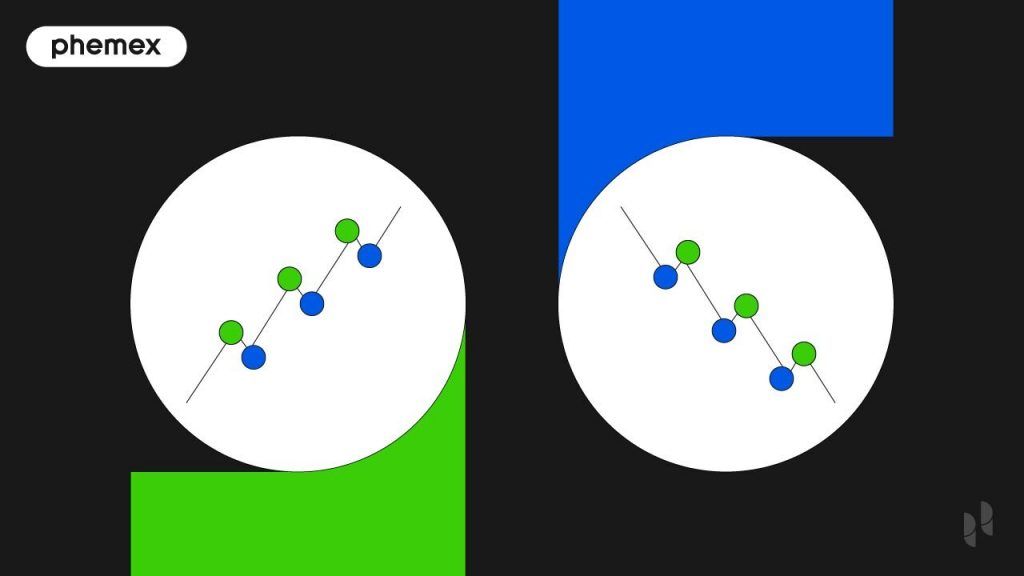Summary
- Morning and evening stars are candlestick patterns based on trend reversals.
- The morning star pattern is formed at the bottom of a downward trend or a level of support.
- The evening star pattern is formed at the top of an uptrend or a level of resistance.
- Considering the diverse range of investment opportunities available and the associated volatility, identifying a true morning or evening star may be tough in the beginning.
What are Morning and Evening Star Candlestick Patterns?
Morning and evening stars are candlestick patterns based on trend reversals. Both of them consist of three candlesticks, and each of these candlesticks can be of different durations ranging from a few minutes to a day. However, for better understanding, we will consider 1-day candlesticks throughout the article). If one knows how to spot these two patterns, morning and evening stars can be used alongside other indicators to recognize a shift in market sentiment.
The morning star pattern is formed at the bottom of a downward trend or a level of support, and the evening star pattern is formed at the top of an uptrend or a level of resistance. Whilst the former is a sign of a potential bullish reversal trend, the latter depicts a bearish reversal trend.
Example of a Morning Star Pattern
For example, a morning star pattern is initiated with a long bearish candlestick indicating heavy selling volumes on day one. The next day, a potential gap down occurs i.e., the asset’s price opens at a price lower than the previous day’s closing price. On the second day, there is no major fluctuation, suggesting an unsure and hesitant market. On day three, the security rises in value, starting with a gap up i.e., the security opens at a price higher than the previous day’s close. Throughout the day, there exists a large bullish candle confirming the uptrend of significant volume.
Example of an Evening Star Pattern
On the other hand, for example, an evening star pattern is initiated with a long bullish candlestick on day one as the bulls dominate the market. On day two, the trading of that asset opens with a gap up. Due to widespread indecisiveness, day two ends with a short candlestick with negligible change in the price. Day three starts with a gap down and initiates a bearish trend reversal. With panic-selling constantly in action, the bears assert themselves in a position of power.
How to Spot and Trade Morning and Evening Star Patterns?

In simple terms, a morning star pattern indicates a buy signal, while an evening star pattern indicates a sell signal. Moreover, there are certain details to factor in before setting up a trade based on either of these patterns.
Concerning the morning star pattern, a trader confirms its presence on day three. The initiation of the bullish trend represents amplified buying opportunities for traders with different risk appetites.
How to setup for a morning star pattern?
Here is a sample trade setup for a morning star pattern:
- Confirm the formation of a morning star pattern based on three days’ candlesticks and the following conditions:
- Day one pattern is a long bearish candle,
- A gap-down opening on day two and a short candle with either long or short tails,
- On day three, a gap-up opening and a long bullish candle.
- Place the buy order on day four with a stop loss equal to the lowest trading price in the three days.
How to setup for an evening star pattern?
Similarly, for an evening star, it is interpreted as a sign to sell. On day two of the observation, the trend reversal starts with the bulls running into uncertainty. This provides shorting opportunities for traders.
Here is a sample trade setup for an evening star pattern:
- Validate the pattern from day one to day three on the basis of the following conditions:
- Day one pattern is a bull run with a long green candle,
- Despite a gap up opening on day two, the volume remains low and no major fluctuation in prices,
- Day three is a long red candle with a gap-down opening.
- Short the asset at the end of day three with a stop loss equal to the highest trading price in the three days.
Conclusion
Predominantly, morning and evening star patterns are used to identify trends. Leveraging the trends correctly can increase your trading success. Yet, there are certain limitations to these patterns. Considering the diverse range of investment opportunities available and the associated volatility, identifying a true morning or evening star may be tough in the beginning.
You can draw a clear inference to set up trades by backing the pattern formation with trade volume and other qualitative factors. Generally, the morning and evening star formation is used in conjunction with the relative strength of each candle.
Understanding the nuances and using these patterns as a technical perspective for trading should be the aim. Furthermore, this provides a stable technical base to build a trading strategy on.
Read More
- The 8 Most Important Crypto Candlestick Patterns
- All About Reversal Candles: How to Read and Trade
- Dark Cloud Cover Pattern – What Does it Mean?
- What is Spinning Top Candlestick and How to Use it in Crypto Trading
- What Are Continuation Patterns: Geometric Shapes to Trading Success
- What Is Trend Trading: Following the Market When It Pays
- What is and How to Trade on a Hammer Candlestick?
- How to Read Crypto Charts: Learn Trading Chart Patterns








